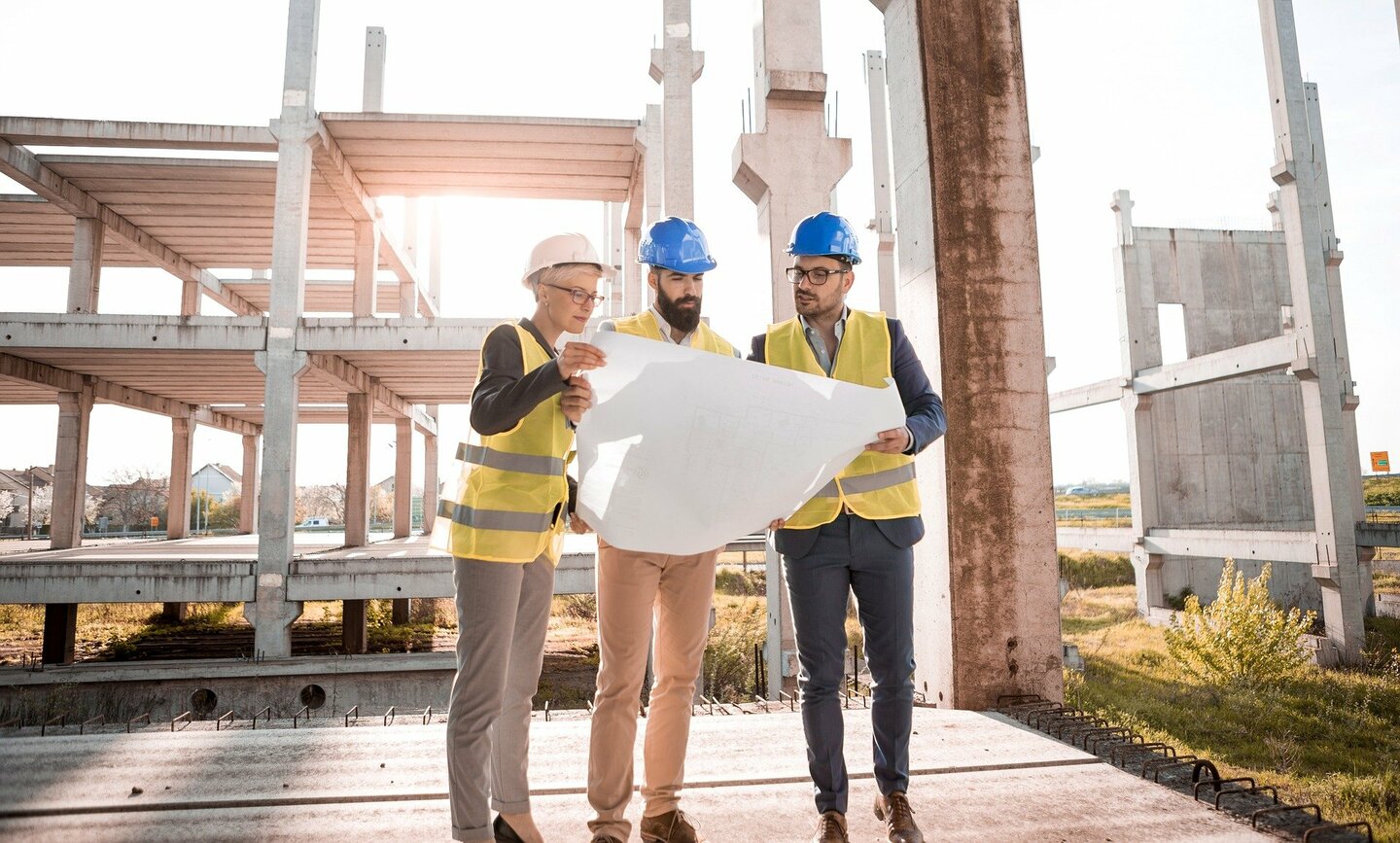Services such as AI rely on receiving trusted data at all times; disruptions in data flow or injection of bad data can create catastrophic events. Therefore, we built the IoE Eden system with that in mind; using blockchain consensus technology, we can continually verify the consistency of all data in the system using sustainable computing methods and thereby guarantee trusted data to Information refinement.
Embedded technology solutions that help you adapt
Embedded technology in concrete curing involves embedding sensors in concrete during casting, following concrete curing in real-time, and allowing the construction manager to monitor and plan his/her schedules with certainty. An accurate in-situ estimation of the compressive strength of concrete provides the opportunity to optimize critical construction operations, such as formwork removal time, opening a bridge/road to traffic, pre-stressed cable tensioning time, and optimization of the concrete mix design. One of the major issues during construction is managing labor and formwork costs. Knowing the maturity of concrete can make the difference between profitability and loss as it allows scheduling and cycling of formwork and optimization of labor.

Embedded system installations come with more risks than normal IT
Embedded system installations have two major risks - passive and active. The passive risks come down to size and speed. In large deployments of anything, there will always be some parts that don't perform differently than expected. In the case of IoE deployments, erroneous data or slow data are the big risks. Sensors and devices that deliver erroneous data to an AI can create enormous disruptions in the real world. City traffic routing, logistics planning, telemedicine, and the list goes on and on with new fantastic services that will enhance our lives and help create a sustainable future.
These services need to be able to rely on the data delivered; the data and information in the infrastructure used by the services need to be verified in an immutable manner. So autonomous services can be trusted to do their job, as monitoring millions and millions of devices in real-time would be insane to think we can do it using departments.
The key to many services and solutions is speed; real-time or close to real-time is critical. First responder services, healthcare, and physical infrastructure all need guaranteed data delivery. Moving data to a cloud server center to then move it back to where it is to be used is, in most cases, not a valid solution. Data needs to become informed as it is generated; there should be no middle steps. In conclusion, deployments using current infrastructure solutions such as cloud technology are catastrophes waiting to happen.
The active risks are led by Cyber-criminals and Cyber-terrorists that are looking at embedded/IoT devices and their installations as an opportunity to steal information, extort money and attack critical national infrastructure. One of the most efficient but straightforward attacks is the Denial of Service attack, a simple way to take out and extort cloud-based services. There is also targeted ransomware, common malware, DNS hijacking, and other tools these criminals and terrorists use. One common trait between these attacks is that they, in one way or another, exploit centralized infrastructure solutions, be it at the index, data, service, or user level.
These active risks are not done by some lone "hacker" in a basement; we are talking about sophisticated, well-funded organizations with highly educated staff. To believe that cyber-security in its current form of attacker/defender will work when any takeout of data flow or service is directly and immensely disruptive to our economy, security, and lives is not to take these risks seriously.
The Internet of Everything Eden system fully negates these risks. By using data verification via blockchain consensus and data validation by sanity checks on AI, bad hardware and malware are detected and managed on the fly.
BIM plus sensors in the field equal a digital twin
For construction, digital twins always have access to as-built and as-designed models, which are constantly synced in real time.
This allows companies to monitor progress continuously against the schedule laid out in a 4D BIM model. A digital twin is essentially a link between a real-world object and its digital representation, continuously updated using sensors' data. All data comes from sensors located on a physical object; this data is used to establish the representation of a virtual object.
The digital representation is later used for visualization, modeling, analysis, simulation, and further planning. Applications of digital twins in construction include automated progress monitoring, resource planning, logistics, safety monitoring, quality assessment, and equipment optimization. The real value comes from transitioning or adapting from the BIM model to a digital twin, ensuring that real-time data through sensors are incorporated into the model to create a real-world simulation.